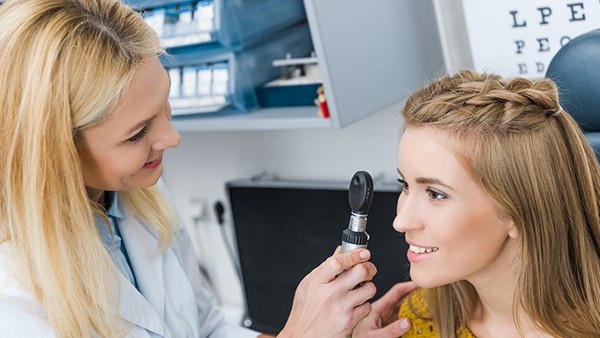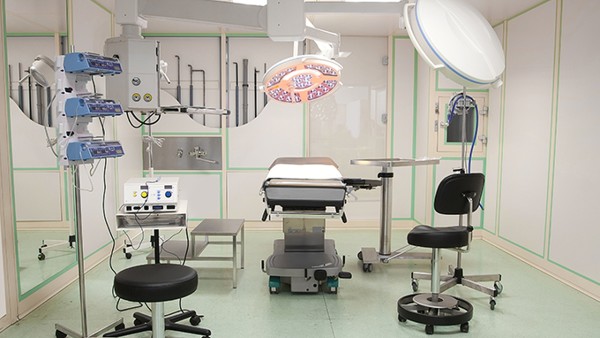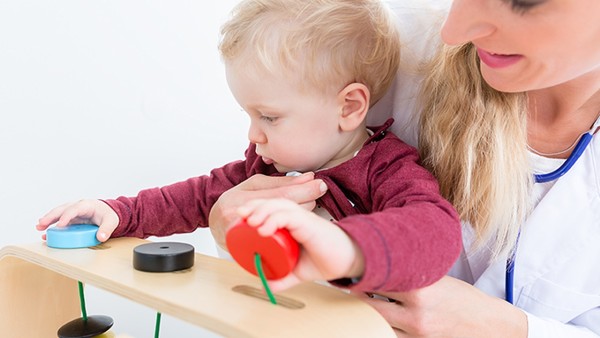How to Avoid Pregnancy After Childbirth: The Best Choice for Postpartum Contraception

After giving birth, it is important to consider your options for contraception to avoid an unplanned pregnancy. There are several different methods of postpartum contraception available, each with its own advantages and disadvantages. The best choice for you will depend on your individual needs and preferences.
Types of Postpartum Contraception
Hormonal Methods
Birth control pills: These contain synthetic hormones that prevent ovulation. They are effective at preventing pregnancy, but they can cause side effects such as nausea, vomiting, and breast tenderness.
Contraceptive patch: This is a small patch that is applied to the skin once a week. It releases hormones that prevent ovulation. The patch is effective at preventing pregnancy, but it can cause skin irritation.
Contraceptive ring: This is a small, flexible ring that is inserted into the vagina. It releases hormones that prevent ovulation. The ring is effective at preventing pregnancy, but it can cause vaginal irritation.
Contraceptive injection: This is a shot that is given every three months. It contains hormones that prevent ovulation. The injection is effective at preventing pregnancy, but it can cause side effects such as weight gain and mood swings.
Implant: This is a small rod that is inserted under the skin of the upper arm. It releases hormones that prevent ovulation. The implant is effective at preventing pregnancy for up to three years.
Barrier Methods
Condoms: These are thin sheaths that are worn over the penis during intercourse. They prevent pregnancy by blocking sperm from reaching the egg. Condoms are effective at preventing pregnancy, but they can reduce sexual pleasure.
Diaphragm: This is a dome-shaped device that is inserted into the vagina before intercourse. It covers the cervix and prevents sperm from reaching the egg. The diaphragm is effective at preventing pregnancy, but it can be difficult to insert and remove.
Cervical cap: This is a small, thimble-shaped device that is inserted over the cervix before intercourse. It blocks sperm from reaching the egg. The cervical cap is effective at preventing pregnancy, but it can be difficult to insert and remove.
Permanent Methods
Tubal ligation: This is a surgical procedure that blocks the fallopian tubes. It is a permanent method of contraception. Tubal ligation is very effective at preventing pregnancy, but it is also a major surgery.
Vasectomy: This is a surgical procedure that cuts the vas deferens, the tubes that carry sperm from the testicles to the penis. It is a permanent method of contraception. Vasectomy is very effective at preventing pregnancy, but it is also a minor surgery.
Choosing the Right Postpartum Contraception
The best choice of postpartum contraception for you will depend on your individual needs and preferences. Some factors to consider include:
Your breastfeeding status: Some methods of contraception, such as the birth control pill, can affect your milk supply. If you are breastfeeding, you may want to choose a method that is safe for breastfeeding.
Your future pregnancy plans: If you plan to have more children in the future, you may want to choose a method of contraception that is reversible.
Your side effect tolerance: Some methods of contraception can cause side effects. If you are concerned about side effects, you may want to choose a method that is less likely to cause them.
Your cost tolerance: Some methods of contraception are more expensive than others. If you are on a budget, you may want to choose a method that is affordable.
It is important to talk to your doctor about your options for postpartum contraception. They can help you choose the method that is right for you.
Using Postpartum Contraception
Once you have chosen a method of postpartum contraception, it is important to use it correctly. This will help to ensure that it is effective at preventing pregnancy. Here are some tips for using postpartum contraception:
Take your birth control pills on time every day. If you miss a pill, you may be at risk for pregnancy.
Apply your contraceptive patch every week. If you remove the patch for more than 24 hours, you may be at risk for pregnancy.
Insert your contraceptive ring every month. If you remove the ring for more than 24 hours, you may be at risk for pregnancy.
Get your contraceptive injection every three months. If you miss an injection, you may be at risk for pregnancy.
Use condoms every time you have intercourse. Condoms are the only method of contraception that can protect you from both pregnancy and sexually transmitted infections (STIs).
It is important to remember that no method of contraception is 100% effective. If you are concerned about becoming pregnant, you should talk to your doctor about your options.
The above is all the content that the editor wants to share with you. I sincerely hope that these contents can bring some help to your life and health, and I also wish that your life will be happier and happier.
Topic: #pregnancy #after #childbirth














